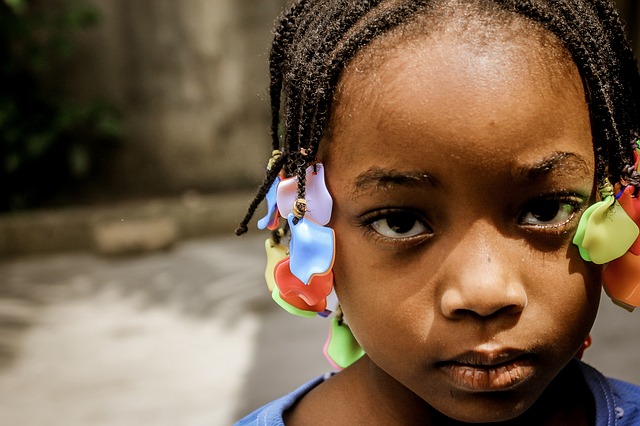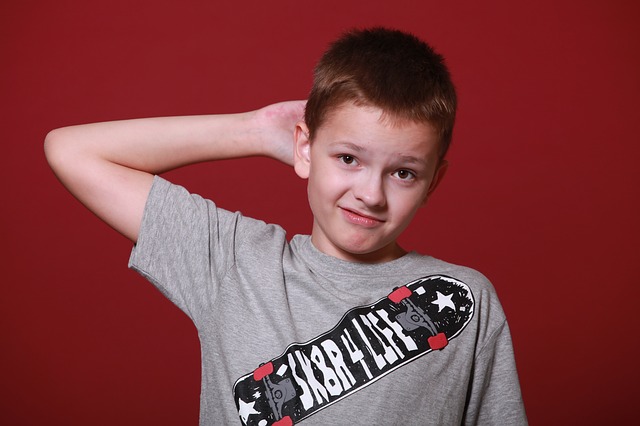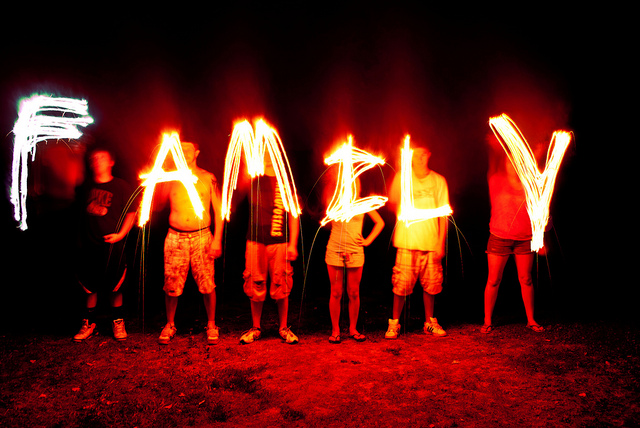
Access to psychological therapies for children and young people is crucial. Anxiety disorders are among the most common mental health problems experienced by children and young people (Costello et al, 2005) and, if left untreated, typically persist into adulthood and impact negatively on life course outcomes (Last et al, 1997). Depressive symptoms are also very common among adolescents (Thapar et al., 2012), with studies in the USA and UK suggesting that up to 20% of adolescents will experience an episode of depression by the time they reach 18 years old (Lewinsohn et al., 1998).
Last month we blogged about a recent systematic review and meta-analysis that summarised the effectiveness of targeted approaches to preventing anxiety disorders in young people (Lawrence et al, 2017), which concluded that the risk of an anxiety disorder was 90% less for those who received an active intervention, compared to those who received no intervention.
This blog will summarise and evaluate a recent randomised controlled trial (RCT) conducted by Weersing and colleagues (2017). The trial aimed to examine the clinical outcomes of a transdiagnostic behavioural intervention targeting anxiety and depression in children and adolescents, compared with referral to outpatient community mental health care. The intervention was specifically designed to be simple, and delivered in a primary care setting, thus attempting to remove some barriers to treatment.

The majority of children and adolescents who experience mental health problems have not had appropriate interventions at a sufficiently young age.
Methods
Participants
Children and adolescents between the ages of 8 and 16.9 years old were recruited, most by paediatric staff (n=620), with some self-referrals (n=62). Young people were eligible to take part in the study if they met the following criteria:
- A full diagnosis, (using the Clinical global impression-severity score (>3)) of one of these conditions:
- Separation anxiety disorder
- Generalised anxiety disorder
- Social phobia
- Major depression
- Dysthymic disorder
- Minor depression
- Lived with a consenting legal guardian for at least 6 months
- Both the young person, and one participating caretaker spoke English
Treatment groups
Of the 620 participants originally referred for the study, 185 were included. This was due to the exclusion of several participants who declined to participate, not meeting criteria and being unable to contact. These 185 participants were randomised into two treatment groups:
- Brief Behavioural Therapy (BBT) (n=95)
- Assisted Referral to Care (ARC) (n=90)
Randomisation was carried out to balance out sex, race/ethnicity, and the presence of clinically elevated depression.
The Brief Behavioural Therapy (BBT) intervention
The BBT transdiagnostic intervention was developed to address young people’s anxiety and depression, and their comorbid presentation. This was done by integrating exposure and behavioural activation as graded engagement in avoided activities, supplemented by relaxation to manage somatic symptoms, and problem–solving skills to aid stress management.
The intervention consisted of 8-12 weekly sessions lasting 45 minutes, completed within 16 weeks, and all sessions were offered in a primary care setting by masters-level therapists.
The Assisted Referral to Care (ARC) intervention
This included:
- Feedback about the young person’s symptoms and the benefit of services
- Referrals and education about accessing services
- Problem-solving to overcome barriers to treatment
These sessions were offered via telephone with the participants primary caregiver, with the initial session covering the above material, followed-up by calls to check in and problem-solve obstacles to care with families.
Assessments and measures
Assessments were performed by clinical independent evaluators (IEs), masked to condition at pre-treatment and post-treatment (at week 16). Measures included the Clinical Global Impressions Scale (CGI-S) to assess global severity, the Clinical Global Impression-Improvement Scale (CGI-I) to assess improvement, the Children’s Global Adjustment Scale (CGAS), anxiety severity with the Paediatric Anxiety Rating Scale (PARS), and depression with the Children’s Depression Rating Scale–Revised (CDRS-R).
Results
Of the 185 randomised young people, 159 (85.9%) completed the week 16 assessment, 88 participants in the BBT group, and 71 participants in the ARC group. Participants that did not attend the assessment had significantly higher depression and lower functioning scores at baseline. The findings showed that:
- A higher number of individuals in the BBT group were rated as responders on the CGI-I to treatment than those in the ARC group (56.8% vs 28.2%)
- The rate of functional improvement in the young people in the BBT condition was significantly faster, and the level of functioning higher at the post-treatment assessment than those in the ARC condition
- Time played a large role in the effectiveness of BBT, with anxiety and depression scores improving from baseline to week 16
- It was found that the BBT intervention was more effective for anxiety symptoms than depression symptoms
- Hispanic young people were much more willing to take part in the BBT intervention and responded well to the treatment compared to the ARC intervention. They had a more heightened response to BBT, and little response to ARC (76.5% vs 7.1%)
- It was found that ethnicity played a large role in the changes seen in functioning, with Hispanic young people’s functioning improving by 2 functioning categories in the BBT group over the average, whereas they performed significantly worse in the ARC condition.

The findings suggest that Brief Behavioural Therapy was more successful than Assisted Referral to Care at improving functioning.
Strengths and limitations
Strengths
BBT treatment was effective at improving day to day functioning, and participants responded well and were well engaged with treatment. The BBT treatment developed for this RCT demonstrates the potential effectiveness of transdiagnostic treatments for children and young people with anxiety and depression.
The use of transdiagnostic treatments may increase accessibility, availability, ease of training for primary care workers, by limiting training required for professionals and making the intervention easier and faster to learn.
Limitations
It is important that this RCT is replicated with a larger sample size, as only 185 of the 620 originally recruited youths were included in the study and a not especially high percentage of these completed the evaluation. It is therefore difficult to believe that this is a representative sample of the chosen population. In addition, while BBT is a transdiagnostic treatment and significant positive effects were found on reducing the severity of anxiety symptoms, this study did not recruit enough depressed young people to evaluate the effects of BBT on depression.
In addition, BBT sessions were offered to participants weekly, however ARC calls were offered fortnightly and were offered to primary caregivers, and not the young people themselves, unlike the BBT intervention. Similarly, it is unclear how many calls were offered in the ARC intervention and therefore it is difficult to determine whether ARC was a realistic control group.
Finally, the involvement of primary caregivers in the BBT intervention was not discussed in this study. Given the high importance of family support for numerous aspects of a young child’s life, such as learning, applying and reinforcing new skills, it would have been encouraging to see the inclusion of family members in the BBT intervention.

Family support is really important for learning, applying and generalising new skills.
Implications for practice
In this recent RCT, a transdiagnostic, primarily behavioural based, brief intervention for anxiety and depression reduced symptoms of anxiety and depression in children and young people and helped them take part in everyday activities. The treatment effect was stronger for symptoms of anxiety than depression, so we can be more confident in these findings.
What this study did acknowledge, however, and something that can be applied to current practice, is the significant differences in response rates from Hispanic youths. Effects were especially strong for this minority group, suggesting that the protocol may be an effective tool in addressing current ethnic disparities in care. It would be interesting to understand the reason for these especially strong effects, and that similar effects should be examined in relation to other minority groups.
Links
Primary paper
Weersing VR, Brent DA, Rozenman MS, Gonzalez A, Jeffreys M, Dickerson JF, Lynch FL Porta G, Iyengar S. Brief Behavioral Therapy for Pediatric Anxiety and Depression in Primary Care: A Randomized Clinical Trial. JAMA Psychiatry. 2017 Jun 1;74(6):571-578. doi: 10.1001/jamapsychiatry.2017.0429.
Other references
Costello, E. J., Egger, H., & Angold, A. (2005). 10-Year Research Update Review: The Epidemiology of Child and Adolescent Psychiatric Disorders: I. Methods and Public Health Burden. Journal of the American Academy of Child & Adolescent Psychiatry, 44(10), 972-986. http://dx.doi.org/10.1097/01.chi.0000172552.41596.6f
Last, C. G., Hansen, C., & Franco, N. (1997). Anxious children in adulthood: A prospective study of adjustment. Journal of the American Academy of Child & Adolescent Psychiatry, 36(5), 645-652. http://dx.doi.org/10.1097/00004583-199705000-00015
Lewinsohn, P. M., Rohde, P., & Seeley, J. R. (1998). Major depressive disorder in older adolescents: prevalence, risk factors, and clinical implications. Clinical psychology review, 18(7), 765-794
Thapar, A., Collishaw, S., Pine, D. S., & Thapar, A. K. (2012). Depression in adolescence. The Lancet, 379(9820), 1056-1067
Photo credits
- Photo by Michał Parzuchowski on Unsplash
- Laurel Harvey CC BY 2.0

what qualifications do I need to apply for training in BBT. I am currently working as a family support worker at Drug Services in Inverclyde.
This study is very impressive! You are helping so many who suffer from depression and promoting the importance of mental health awareness!!